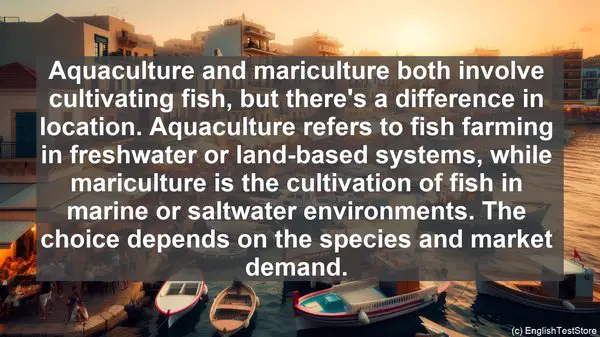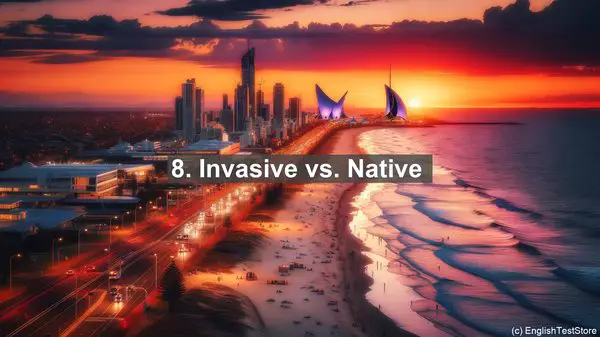Introduction
Today, we’re diving into the world of freshwater fisheries. But before we start, let’s clear up some confusion. There are several words in this field that often get mixed up. In this lesson, we’ll discuss the top 10 of them.

1. Pond vs. Lake
Many people use the terms ‘pond’ and ‘lake’ interchangeably, but they’re not the same. A pond is a small, shallow body of water, often man-made, while a lake is larger and deeper, usually formed naturally. Knowing the difference is crucial when studying aquatic ecosystems.
2. Fish vs. Fishes
When talking about multiple fish of the same species, we use the word ‘fish.’ However, if we’re referring to different species, it’s ‘fishes.’ So, ‘I saw a school of fish’ is correct, but ‘I saw many fishes’ is also accurate if you’re talking about various species.
3. Carp vs. Koi
Carp and koi are often confused, but they’re not the same. Carp is a general term for several fish species, while koi is a specific type of carp bred for its vibrant colors. Koi are popular in ornamental ponds, while other carp species are more common in fisheries.
4. Fry vs. Fingerling
Fry and fingerling both refer to young fish, but there’s a difference in size. Fry are newly hatched fish, usually less than an inch long. Fingerlings, on the other hand, are slightly older and larger, typically around 1-4 inches. This distinction is important when stocking ponds or studying fish growth.
5. Angling vs. Netting
Angling and netting are two common methods of catching fish. Angling involves using a fishing rod and hook, while netting uses nets to trap fish. Both methods have their advantages and are used in different situations, but they require different skills and techniques.
6. Spawning vs. Hatching
Spawning and hatching are stages in a fish’s reproductive cycle. Spawning is when fish release eggs and sperm into the water, while hatching is when the eggs hatch into fry. Understanding these processes is crucial for managing fish populations and ensuring their sustainability.
7. Aquaculture vs. Mariculture
Aquaculture and mariculture both involve cultivating fish, but there’s a difference in location. Aquaculture refers to fish farming in freshwater or land-based systems, while mariculture is the cultivation of fish in marine or saltwater environments. The choice depends on the species and market demand.

8. Invasive vs. Native
Invasive and native are terms used to describe fish species in a particular ecosystem. Invasive species are non-native and can cause harm to the ecosystem, often outcompeting native species. Native species, on the other hand, are naturally occurring in that ecosystem and are better adapted to the local conditions.
9. Limnology vs. Ichthyology
Limnology and ichthyology are two branches of freshwater science. Limnology focuses on the study of freshwater bodies, including their physical, chemical, and biological aspects. Ichthyology, on the other hand, is specifically about fish, their behavior, ecology, and classification.
10. Gill vs. Gill Rakers
Gills are the respiratory organs in fish, allowing them to extract oxygen from the water. Gill rakers, on the other hand, are structures within the gills that help filter food particles. They prevent larger debris from entering the gills, ensuring efficient respiration.
